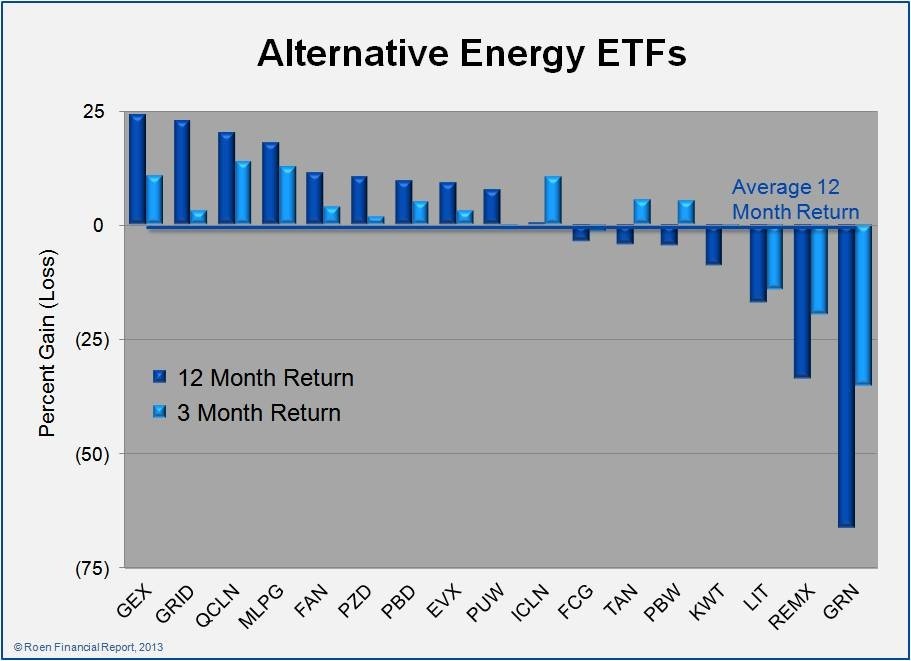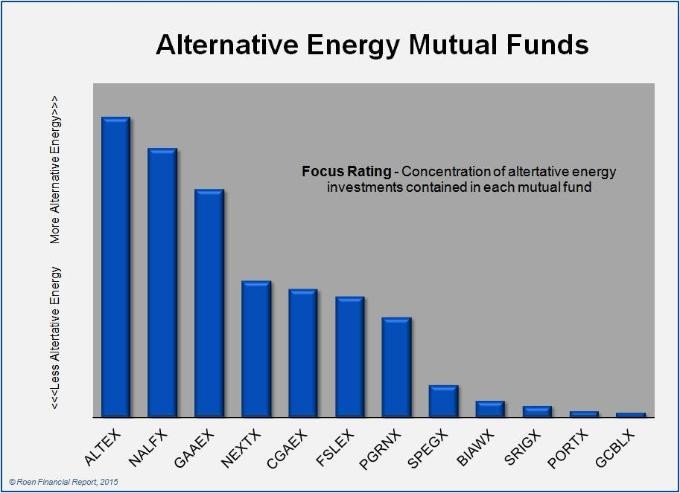What Are Alternative Mutual Funds
Post on: 30 Март, 2015 No Comment

Seven investment management companies, all competitors in the competitive mutual fund industry. have just completed a seven-city educational tour of the U.S. offering information on one of the fasting growing areas in the investment management industry — alternative mutual funds. The forums have been attended by over 500 independent financial advisers and consultants from coast to coast. In all the cities, the rooms were packed with advisers who wanted to know more about one of the newest areas in the investment management industry.
These educational forums were organized by Forward Management of San Francisco and included large investment firms like JP Morgan, Guggenheim, and Eaton Vance, among others. What these firms have in common was that they all are offering new investment products which are now available to all investors, whereas in the past these strategies were only available to the wealthy through hedge funds. These new products are known as alternative mutual funds.
The success of these forums lies in the fact that investors and their advisers have demanded that the industry provide new ways of managing assets in a world of increased risks and poor investment returns from stocks. The old ways of investing don’t seem to be working anymore.
What are alternative mutual funds?
Alternative mutual funds are SEC-registered investment vehicles which are designed to seek out the diversified sources of investment return and risk which are less correlated to the traditional capital markets. These strategies differ from the traditional buy-and-hold strategies of most mutual funds in that many of these strategies include risk management techniques, often through the use of hedging through short sales, which are potentially able to limit downside risk in portfolios.
Previously, these types of strategies were only available to institutional investors and the wealthy through hedge funds, usually in the form of limited partnerships. Previously, investors had to have a minimum of several million dollars or more to invest in hedge funds. Now these vehicles are available to the public.
Alternative mutual funds differ in some important ways from hedge funds. First, they offer daily liquidity. While most hedge funds offered monthly, quarterly or annual liquidity and some required the investor to lock up his or her money for a period of time, investors now can buy or sell these alternative mutual funds on a daily basis. This is why some investors are referring to these vehicles as liquid alternatives.
Second, the new alternative mutual funds offer better transparency into the underlying investments. Whereas most hedge funds are opaque — you rarely know the exact holdings in the portfolio — mutual funds are required by the Securities and Exchange Commission (SEC) to report their holdings either monthly or quarterly.
Third, mutual funds are registered with the Securities and Exchange Commission and thus the reporting requirements under the various Federal laws are more rigorous than those of most hedge funds.
And fourth, mutual funds provide more timely tax reporting in the form of 1099 reports to clients. Most hedge funds are organized as limited partnerships, which provide tax reporting through K-1 forms. Often, this type of tax reporting requires the investor to file an extension because the information arrives after April 15th. Mutual funds are required by law to provide prompt tax reporting.
Morningstar, the Chicago-based company that provides information and research on the mutual fund industry, reports that there was an inflow of $17.3 billion into alternative mutual funds in 2011 (through the third quarter). This compares with a $2.7 billion outflow from hedge funds tracked by Morningstar during the same period. Clearly, investors are recognizing that not only are new investment strategies are needed to manage the unprecedented uncertainty and volatility of the markets, but that perhaps mutual funds are the way to access these new strategies.
What are the investment characteristics of alternative mutual funds?
The most important investment characteristics of alternative mutual funds are that they may be able to offer investment returns that are not entirely dependent upon stock or bond market returns. That is, they can potentially make money whether the markets go up or down. In addition, some of them may be able to provide a level of downside protection that has generally been unavailable in most traditional investments.

Stock market returns in the last decade have been in the 2-3% range annually and bond yields are now at their lowest levels in 50 years. Many alternative strategies have actually done quite well during this time by using these new investment techniques. Unlike the buy-and-hold approach of most traditional investment managers, these strategies are actively managed to negotiate the new level of market volatility.
Over the last decade, traditional asset allocation — stocks, bonds, and cash — has demonstrated only moderate success in protecting portfolios from severe capital market dislocations, as occurred in 2008-09. As a result, many investors began to demand that their managers adopt more robust risk management techniques. Alternative investment strategies, which employ a variety of hedging strategies at the underlying manager level, offer a second level of risk management in addition to the primary asset allocation and rebalancing strategies employed at the portfolio level.
It is this additional level of risk management is a desirable characteristic in constructing the core portion of an investment portfolio. Most investors have traditionally thought of their core portfolio holdings as stocks, bonds and cash. Unfortunately, we live in a world where risks are high: stocks declined over 50% in 2008-09 and there is no guarantee that they are immune to future sizable declines; and if bond yields, which are now at their lowest levels in half a century, rise to higher levels, bond portfolios may experience potentially significant declines as well.
Most alternative mutual funds employ hedging techniques so that a part of the portfolio may actually rise in value when the stock or bond markets decline. Thus, while the upside potential may be lower as compared with the more traditional buy-and-hold strategies, alternative mutual funds may offer a downside cushion of protection which is unavailable in more traditional investments.
The disappointing stock market returns of the last decade coupled with the severe 2008-09 bear market changed investor psychology and behavior. Investors are seeking new approaches to managing their assets which can better negotiate the new character of the markets.
As investors and their advisers demand better investment returns and more robust risk management to protect their investments, it is quite possible the strategies that hedge funds have employed will be adapted to the traditional mutual fund, separate account, or exchange-traded funds (ETF) models. This will in turn open the door to alternative investment strategies becoming a core part of investment portfolios.
A note of caution: While many of these strategies have been successfully used in the past by hedge funds, there is no guarantee that the translation of these strategies into the mutual fund world will prove as successful. No doubt some will and some won’t. That is what your investment adviser or consultant is for — to guide you to the safest and most competent investment managers.
Nonetheless, these new alternative mutual funds offer investors the potential for realizing better returns on their money in the future than traditional buy-and-hold strategies. And some offer better protection from severe market declines. These are characteristics that all investors will want to take a look at in making their investing plans for the future.














